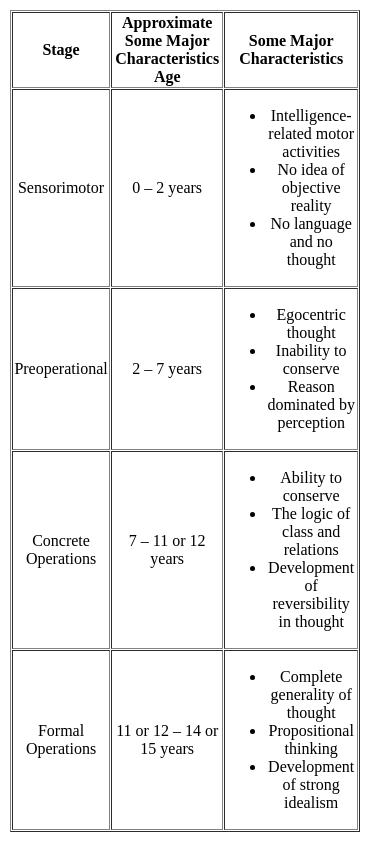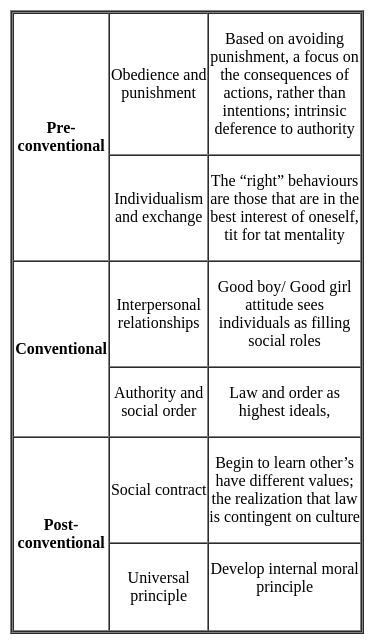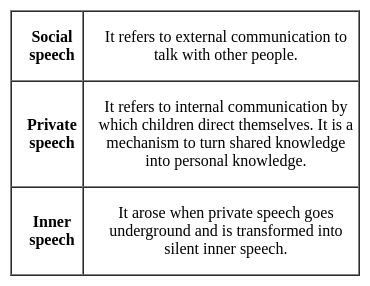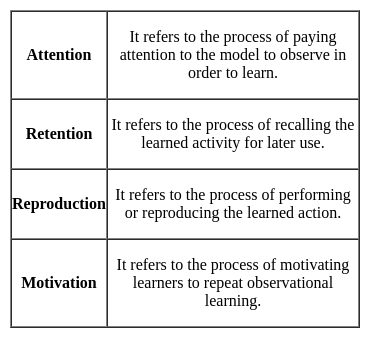Software Development Exam > Software Development Tests > Test: Education & Leadership (Theoretical Perspectives) - Software Development MCQ
Test: Education & Leadership (Theoretical Perspectives) - Software Development MCQ
Test Description
20 Questions MCQ Test - Test: Education & Leadership (Theoretical Perspectives)
Test: Education & Leadership (Theoretical Perspectives) for Software Development 2025 is part of Software Development preparation. The Test: Education & Leadership (Theoretical Perspectives) questions and answers have been prepared
according to the Software Development exam syllabus.The Test: Education & Leadership (Theoretical Perspectives) MCQs are made for Software Development 2025 Exam.
Find important definitions, questions, notes, meanings, examples, exercises, MCQs and online tests for Test: Education & Leadership (Theoretical Perspectives) below.
Solutions of Test: Education & Leadership (Theoretical Perspectives) questions in English are available as part of our course for Software Development & Test: Education & Leadership (Theoretical Perspectives) solutions in
Hindi for Software Development course.
Download more important topics, notes, lectures and mock test series for Software Development Exam by signing up for free. Attempt Test: Education & Leadership (Theoretical Perspectives) | 20 questions in 20 minutes | Mock test for Software Development preparation | Free important questions MCQ to study for Software Development Exam | Download free PDF with solutions
Test: Education & Leadership (Theoretical Perspectives) - Question 1
One characteristic of pre-operational thought is :
Detailed Solution for Test: Education & Leadership (Theoretical Perspectives) - Question 1
Test: Education & Leadership (Theoretical Perspectives) - Question 2
Vygotsky stated that learners should be taught in ______
Detailed Solution for Test: Education & Leadership (Theoretical Perspectives) - Question 2
Test: Education & Leadership (Theoretical Perspectives) - Question 3
Which of the following is a major critique of Piaget's theory ?
Detailed Solution for Test: Education & Leadership (Theoretical Perspectives) - Question 3
Test: Education & Leadership (Theoretical Perspectives) - Question 4
According to Piaget, Egocentric is-
Detailed Solution for Test: Education & Leadership (Theoretical Perspectives) - Question 4
Test: Education & Leadership (Theoretical Perspectives) - Question 5
What is the primary role of a teacher according to Lev Vygotsky?
Detailed Solution for Test: Education & Leadership (Theoretical Perspectives) - Question 5
Test: Education & Leadership (Theoretical Perspectives) - Question 6
Jean Piaget's theory of child development is based on -
Detailed Solution for Test: Education & Leadership (Theoretical Perspectives) - Question 6
Test: Education & Leadership (Theoretical Perspectives) - Question 7
According to Piaget at what stage a child becomes more logical in concrete things, but lacks abstract ideas?
Detailed Solution for Test: Education & Leadership (Theoretical Perspectives) - Question 7
Test: Education & Leadership (Theoretical Perspectives) - Question 8
Which statement is true for Post conventional morality stage of Kohlberg?
Detailed Solution for Test: Education & Leadership (Theoretical Perspectives) - Question 8
Test: Education & Leadership (Theoretical Perspectives) - Question 9
Who is the father of Modern Learning Theory?
Detailed Solution for Test: Education & Leadership (Theoretical Perspectives) - Question 9
Test: Education & Leadership (Theoretical Perspectives) - Question 10
“Concept of reinforcement” is an important element of:
Detailed Solution for Test: Education & Leadership (Theoretical Perspectives) - Question 10
Test: Education & Leadership (Theoretical Perspectives) - Question 11
According to Piaget, children will learn the concept of object permanence during
Detailed Solution for Test: Education & Leadership (Theoretical Perspectives) - Question 11
Test: Education & Leadership (Theoretical Perspectives) - Question 12
Classical conditioning theory propounded by Ivan Pavlov explains learning by _____.
Detailed Solution for Test: Education & Leadership (Theoretical Perspectives) - Question 12
Test: Education & Leadership (Theoretical Perspectives) - Question 13
Ivan Pavlov in his experiment called the dog’s anticipatory salivation as ________
Detailed Solution for Test: Education & Leadership (Theoretical Perspectives) - Question 13
Test: Education & Leadership (Theoretical Perspectives) - Question 14
The ability of 'Seriation' is the characteristic of the :
Detailed Solution for Test: Education & Leadership (Theoretical Perspectives) - Question 14
Test: Education & Leadership (Theoretical Perspectives) - Question 15
What is the process of fitting new information into old ideas known as?
Detailed Solution for Test: Education & Leadership (Theoretical Perspectives) - Question 15
Test: Education & Leadership (Theoretical Perspectives) - Question 16
The concept given by someone and received by a child in which type of learning according to the modern cognitive theory?
Detailed Solution for Test: Education & Leadership (Theoretical Perspectives) - Question 16
Test: Education & Leadership (Theoretical Perspectives) - Question 17
Which animal was involved in Pavlov’s experiment of classical conditioning?
Detailed Solution for Test: Education & Leadership (Theoretical Perspectives) - Question 17
Test: Education & Leadership (Theoretical Perspectives) - Question 18
According to B.F. Skinner language development in children takes place
Detailed Solution for Test: Education & Leadership (Theoretical Perspectives) - Question 18
Test: Education & Leadership (Theoretical Perspectives) - Question 19
In the views of Lev Vygotsky -
Detailed Solution for Test: Education & Leadership (Theoretical Perspectives) - Question 19
Test: Education & Leadership (Theoretical Perspectives) - Question 20
Which of the following sequences of Bandura's observational learning is correct?
Detailed Solution for Test: Education & Leadership (Theoretical Perspectives) - Question 20
Information about Test: Education & Leadership (Theoretical Perspectives) Page
In this test you can find the Exam questions for Test: Education & Leadership (Theoretical Perspectives) solved & explained in the simplest way possible.
Besides giving Questions and answers for Test: Education & Leadership (Theoretical Perspectives), EduRev gives you an ample number of Online tests for practice
Download as PDF
























